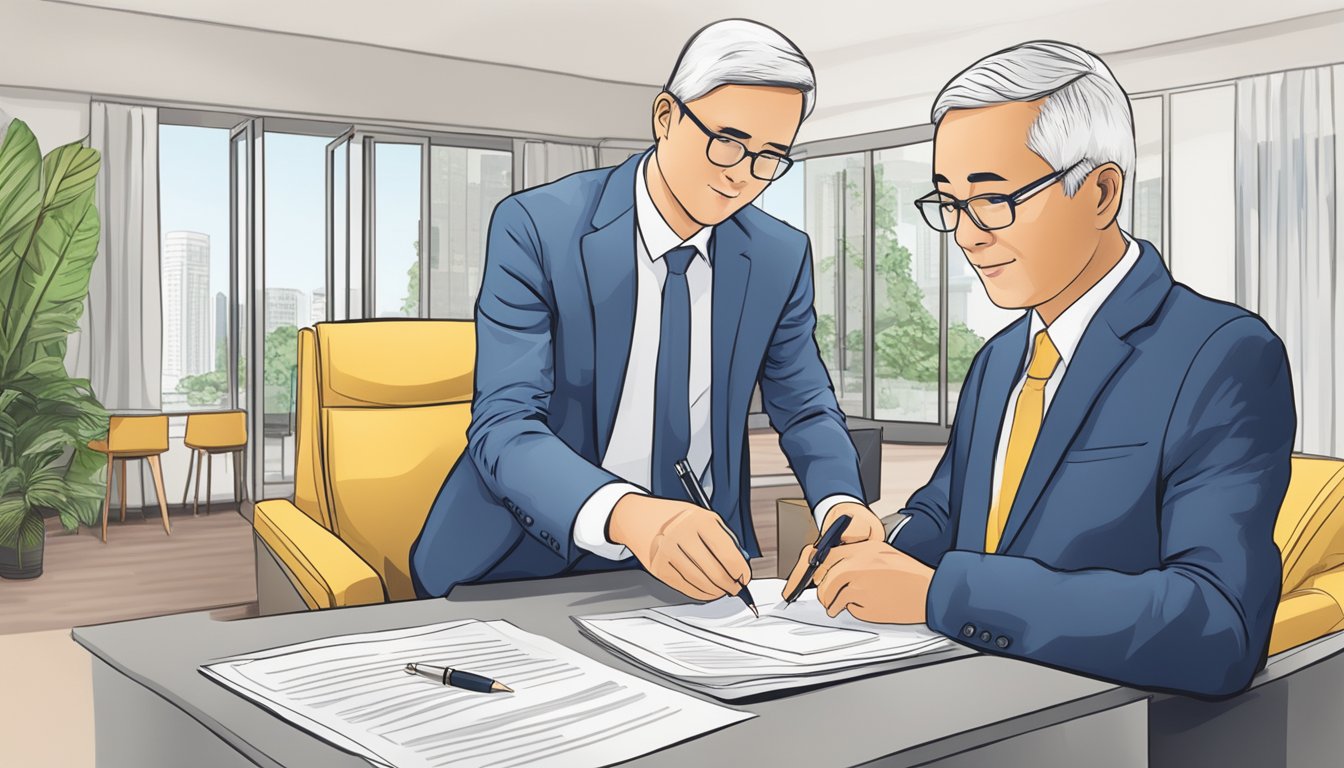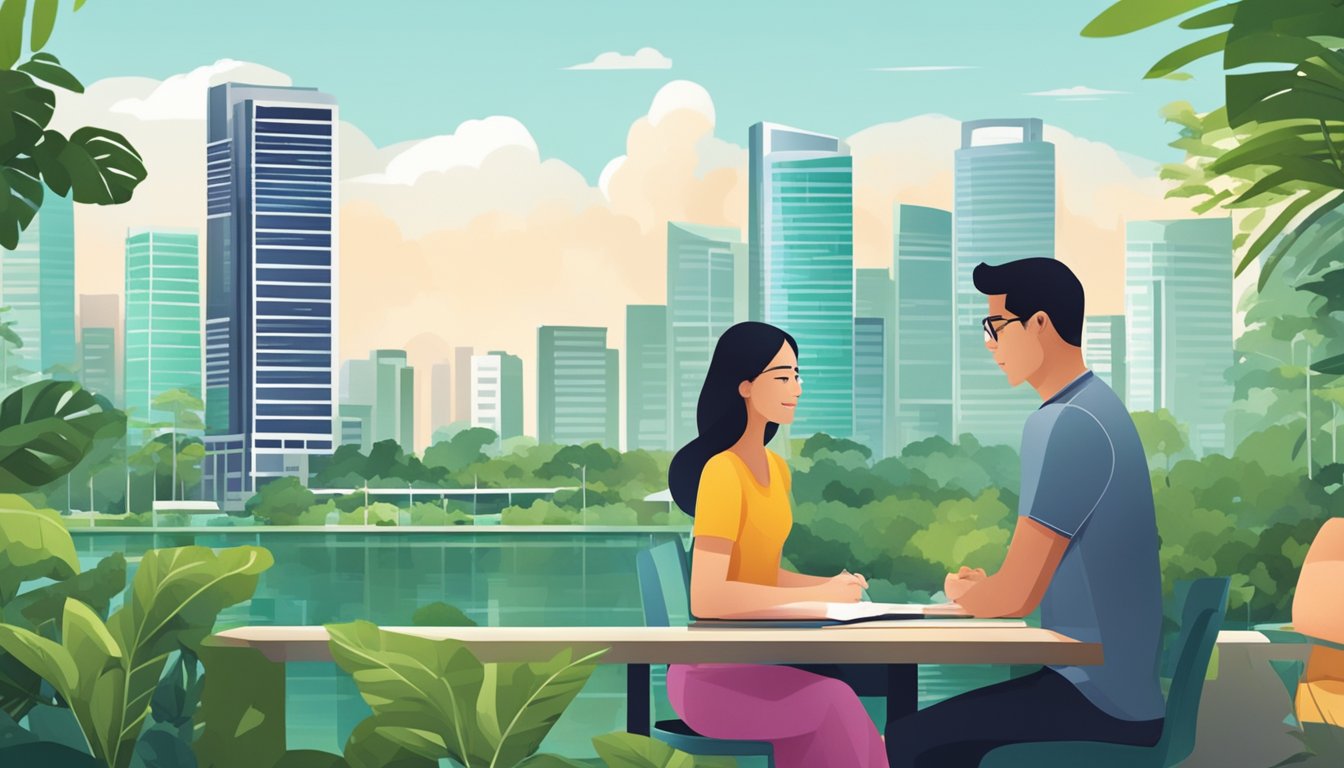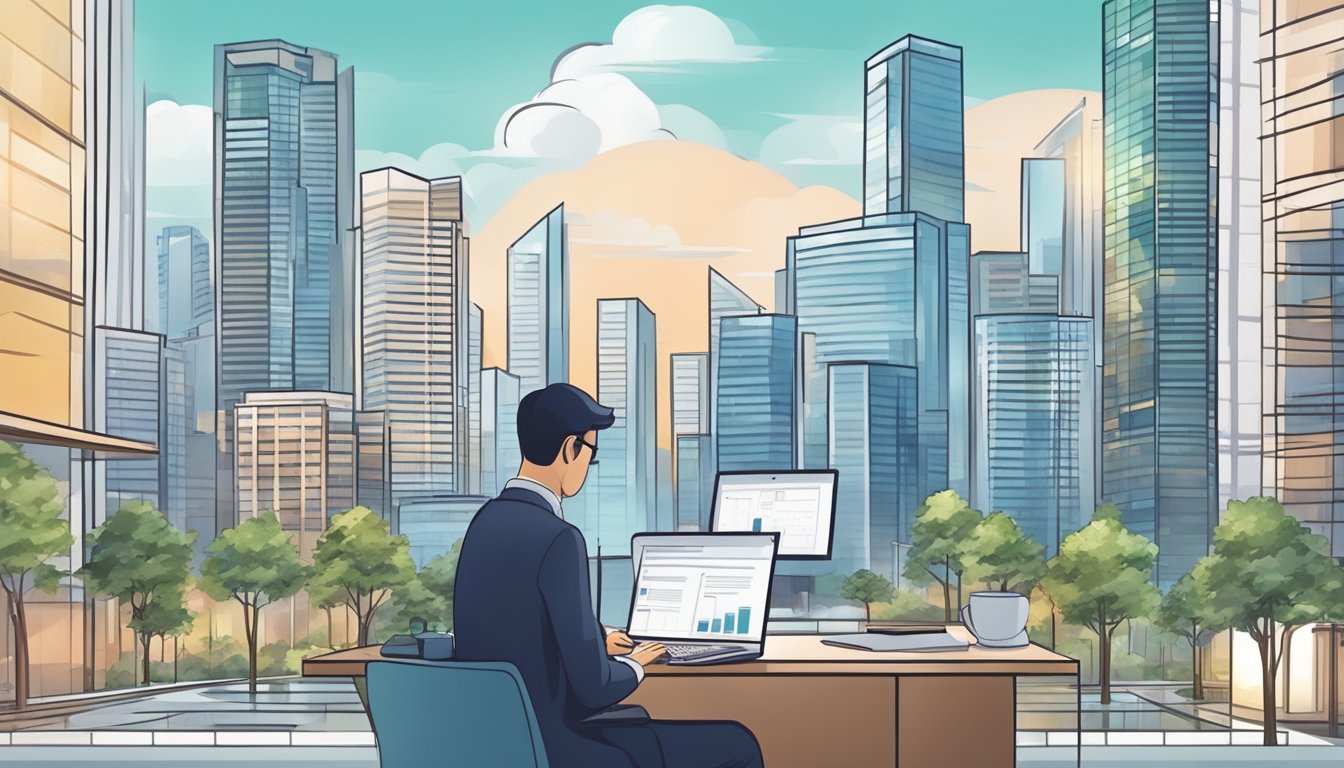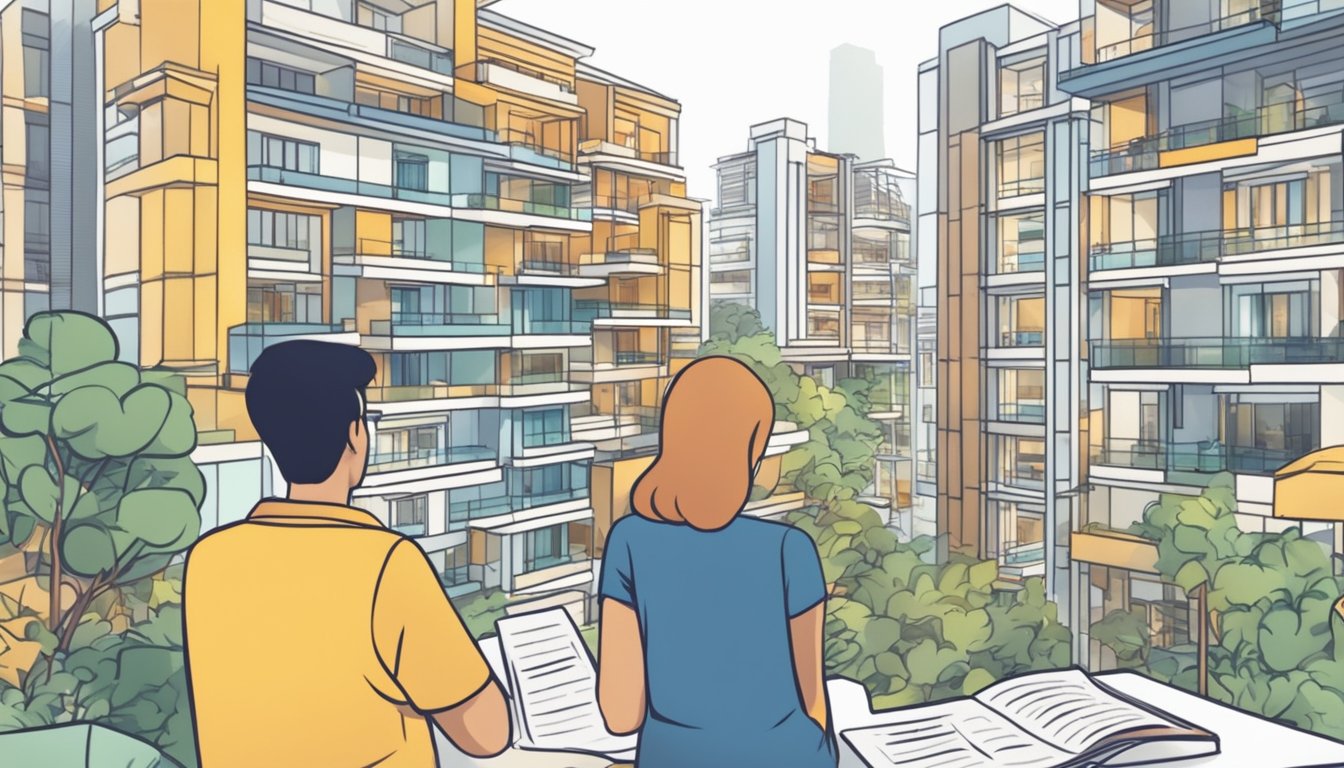
If you’re considering buying your third property in Singapore, you’re not alone. Many Singaporeans and Permanent Residents (PRs) are looking to expand their property portfolio. However, purchasing a third property in Singapore comes with additional costs, including the Additional Buyer’s Stamp Duty (ABSD). In this article, we’ll help you understand the Singapore property landscape and provide strategic financial planning tips for acquiring your third property.
Understanding the Singapore Property Landscape:
Singapore’s property market is highly regulated, and the government has implemented various measures to cool the market and prevent speculation. One such measure is the ABSD, which is a tax levied on top of the Buyer’s Stamp Duty (BSD) for property purchases. The ABSD rates vary depending on the buyer’s residency status and the number of properties they already own.
Strategic Financial Planning for Third Property Acquisition:
To acquire your third property in Singapore, you’ll need to plan strategically to minimise the impact of the ABSD. Some ways to do this include selling your existing properties before purchasing a new one, buying properties jointly with family members, or utilising property financing tools such as equity loans. It’s also crucial to consider the rental yield and potential capital appreciation of the property before making a purchase.
Key Takeaways
- Singapore’s property market is highly regulated, and the government has implemented various measures to cool the market and prevent speculation.
- Acquiring your third property in Singapore comes with additional costs, including the ABSD.
- Strategic financial planning is crucial for minimising the impact of the ABSD, and options include selling existing properties, buying jointly with family members, or utilising property financing tools.
Understanding the Singapore Property Landscape

If you are considering buying a third property in Singapore, it is important to understand the local property landscape. Here are some key things to keep in mind.
Types of Properties Available
Singapore offers a wide variety of residential properties, including HDB flats, condominiums, landed properties, and shophouses. Each type of property has its own advantages and disadvantages, so it is important to choose the one that best suits your needs and budget.
Property Ownership Regulations for Foreigners and PRs
Foreigners and Permanent Residents (PRs) can buy residential properties in Singapore, but there are certain restrictions and regulations to keep in mind. For example, foreigners can only buy certain types of properties, such as condominiums and apartments, while PRs can buy any type of residential property. Additionally, both foreigners and PRs are subject to Additional Buyer’s Stamp Duty (ABSD) rates when buying a second or subsequent property.
Decoding Stamp Duties: BSD, ABSD, and Rates
When buying a property in Singapore, you will need to pay Buyer’s Stamp Duty (BSD) and Additional Buyer’s Stamp Duty (ABSD) if applicable. BSD is calculated based on the purchase price or market value of the property, whichever is higher, while ABSD is a tax imposed on certain property buyers, such as foreigners and PRs, who are purchasing a second or subsequent property in Singapore. The ABSD rates vary depending on the buyer’s profile and the number of properties owned.
Overall, understanding the Singapore property landscape is crucial when buying a third property in Singapore. By knowing the types of properties available, the regulations for foreigners and PRs, and the stamp duty rates, you can make an informed decision and avoid any surprises down the road.
Strategic Financial Planning for Third Property Acquisition

When it comes to buying a third property in Singapore, strategic financial planning is key to ensuring that you make a sound investment decision. This section will guide you through the process of calculating your financial commitment, exploring mortgage options and rates, and leveraging CPF funds for property purchase.
Calculating Your Financial Commitment
Before buying a third property in Singapore, it is important to understand your financial commitment. This includes understanding the purchase price, mortgage, stamp duties, CPF funds, property prices, passive income, wealth, property tax, additional costs, legal fees, hidden costs, and total debt servicing ratio (TDSR).
To calculate your financial commitment, you should start by determining the purchase price of the property. This will include the down payment and any other costs associated with the purchase. You will also need to consider the mortgage and the interest rates associated with it. It is important to shop around for the best mortgage rates to ensure that you are getting the best deal.
You will also need to consider the stamp duties associated with buying a third property in Singapore. This includes an additional buyer’s stamp duty (ABSD) of 30% for Singapore citizens and permanent residents, and 15% for foreigners. You may also need to pay property tax and other additional costs such as legal fees and hidden costs.
Exploring Mortgage Options and Rates
When exploring mortgage options and rates, it is important to consider the total cost of the mortgage over the entire loan period. This includes the interest rate, fees, and other charges associated with the mortgage. You should also consider the type of mortgage that is best suited to your needs.
Fixed-rate mortgages offer a stable interest rate over the entire loan period, while variable-rate mortgages may offer lower rates initially but can fluctuate over time. You should also consider the length of the loan period and the total amount of interest that you will pay over the entire loan period.
Leveraging CPF Funds for Property Purchase
As a Singapore citizen, you can leverage your CPF funds for property purchase. This includes using your CPF Ordinary Account (OA) savings to pay for the down payment and monthly mortgage instalments. You can also use your CPF Special Account (SA) savings to pay for the ABSD and legal fees.
It is important to note that there are limits to the amount of CPF funds that you can use for property purchase. This includes the CPF withdrawal limit, the CPF usage limit, and the CPF Minimum Sum. You should also consider the impact of using your CPF funds on your retirement savings.
In conclusion, buying a third property in Singapore requires strategic financial planning to ensure that you make a sound investment decision. By calculating your financial commitment, exploring mortgage options and rates, and leveraging CPF funds for property purchase, you can make an informed decision that will help you achieve your financial goals.
Frequently Asked Questions

What’s the latest scoop on Additional Buyer’s Stamp Duty for snagging a third home in Singapore?
If you’re a Singaporean or Permanent Resident looking to purchase a third property, you’ll have to pay a hefty 15% Additional Buyer’s Stamp Duty (ABSD). For foreigners, the ABSD is even higher at 20%, and for entities, it’s a whopping 25%. The ABSD is in addition to the usual Buyer’s Stamp Duty (BSD) that you’ll have to pay.
Is it really possible for non-locals to purchase a third property in this dazzling city-state?
Yes, it is possible for non-locals to purchase a third property in Singapore, but they’ll have to pay a higher ABSD of 20%. They’ll also have to meet certain eligibility criteria, such as being a Permanent Resident or having a work permit that’s valid for at least six months.
Fancy a quick estimate on the costs for a third property purchase? Where can one find a reliable calculator?
Calculating the costs for a third property purchase can be tricky, but you can use the Inland Revenue Authority of Singapore’s (IRAS) stamp duty calculator to get an estimate. The calculator takes into account the purchase price, the number of properties you own, your residency status, and other factors that affect the stamp duty payable.
How does the Buyer Stamp Duty add a twist to acquiring another property in Singapore?
The Buyer’s Stamp Duty (BSD) is a tax that’s payable by the buyer when purchasing a property in Singapore. The BSD rates range from 1% to 4%, depending on the purchase price of the property. If you’re purchasing a third property, you’ll have to pay an additional 3% BSD on top of the usual rates.
Have there been any thrilling changes to property purchasing rules for 2021 that one should be aware of?
As of 2021, the Singapore government has made it easier for first-time buyers to purchase a property by increasing the income ceiling for eligible buyers and raising the amount of housing grants available. However, the ABSD rates for second and subsequent properties remain unchanged.
Is there a clever way to sidestep the hefty stamp duty when building up a property portfolio in Singapore?
Unfortunately, there’s no clever way to sidestep the stamp duty when building up a property portfolio in Singapore. However, you can consider purchasing properties jointly with family members or business partners to spread out the stamp duty payable. You can also consider holding onto your properties for the long term to benefit from capital appreciation.




